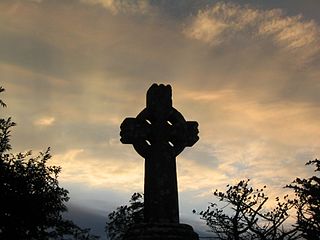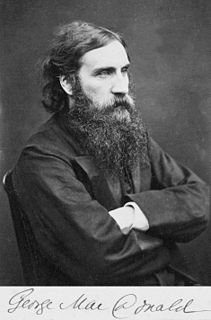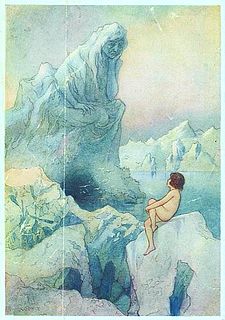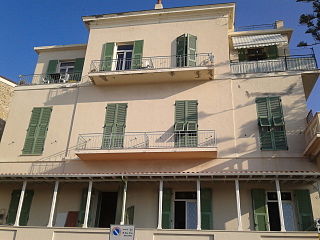This article needs additional citations for verification .(April 2014) (Learn how and when to remove this template message) |
John Arthur Goodchild (1851–1914) was a physician, and later author of several works of poetry and mysticism, most famously Light of the West.
Contents
According to Benham (see below) Goodchild had a private medical practice in Bordighera, Italy, serving mainly expatriate Britons. From 1873 until the early 1900s he stayed in Italy during summers and returned to the UK in winters.

Bordighera is a town and comune in the Province of Imperia, Liguria (Italy).
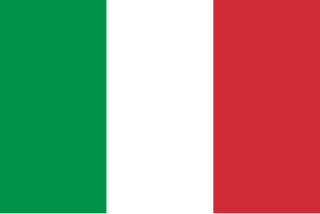
Italy, officially the Italian Republic, is a country in Southern Europe. Located in the middle of the Mediterranean Sea, Italy shares open land borders with France, Switzerland, Austria, Slovenia and the enclaved microstates San Marino and Vatican City. Italy covers an area of 301,340 km2 (116,350 sq mi) and has a largely temperate seasonal and Mediterranean climate. With around 61 million inhabitants, it is the fourth-most populous EU member state and the most populous country in Southern Europe.
Goodchild was an antiquarian influenced by British Israelite ideas and the Golden Dawn esoteric group. He was friends with William Sharp (who wrote as Fiona Macleod), who dedicated his final literary work The Winged Destiny: Studies in the Spiritual History of the Gael to Goodchild.

The Hermetic Order of the Golden Dawn was an organization devoted to the study and practice of the occult, metaphysics, and paranormal activities during the late 19th and early 20th centuries. Known as a magical order, the Hermetic Order of the Golden Dawn was active in Great Britain and focused its practices on theurgy and spiritual development. Many present-day concepts of ritual and magic that are at the centre of contemporary traditions, such as Wicca and Thelema, were inspired by the Golden Dawn, which became one of the largest single influences on 20th-century Western occultism.

William Sharp was a Scottish writer, of poetry and literary biography in particular, who from 1893 wrote also as Fiona Macleod, a pseudonym kept almost secret during his lifetime. He was also an editor of the poetry of Ossian, Walter Scott, Matthew Arnold, Algernon Charles Swinburne and Eugene Lee-Hamilton.
He saw Glastonbury, Iona (Scotland) and Devenish Island (Ireland) as being a triune of holy sites in the British Isles.

Glastonbury is a town and civil parish in Somerset, England, situated at a dry point on the low-lying Somerset Levels, 23 miles (37 km) south of Bristol. The town, which is in the Mendip district, had a population of 8,932 in the 2011 census. Glastonbury is less than 1 mile (2 km) across the River Brue from Street, which is now larger than Glastonbury.
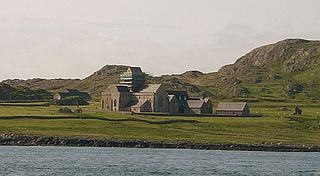
Iona is a small island in the Inner Hebrides off the Ross of Mull on the western coast of Scotland. It is mainly known for Iona Abbey, though there are other buildings on the island. Iona Abbey was a centre of Gaelic monasticism for three centuries and is today known for its relative tranquility and natural environment. It is a tourist destination and a place for spiritual retreats. Its modern Gaelic name means "Iona of (Saint) Columba".
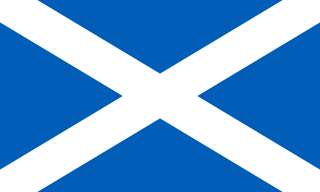
Scotland is a country that is part of the United Kingdom. Sharing a border with England to the southeast, Scotland is otherwise surrounded by the Atlantic Ocean to the north and west, by the North Sea to the northeast and by the Irish Sea to the south. In addition to the mainland, situated on the northern third of the island of Great Britain, Scotland has over 790 islands, including the Northern Isles and the Hebrides.
